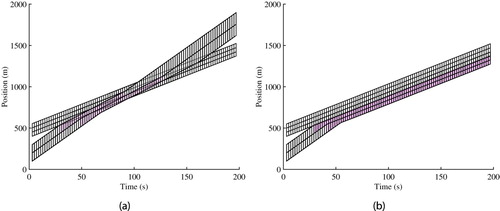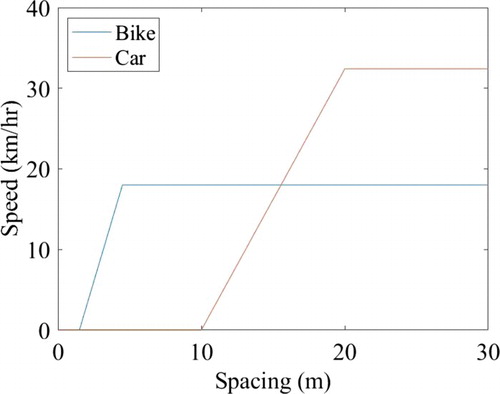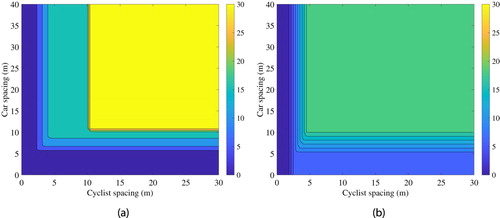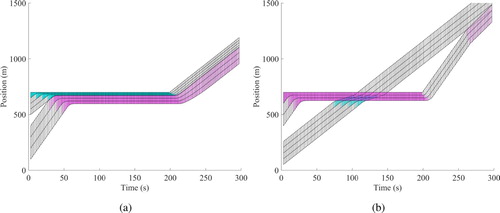Figures & data
Figure 1. Sketch showing the numbering of the position x and spacing s for two platoons of cars and cyclists (a) and the linear interpolation to retrieve the car spacing at the positions of the bicycle platoons (b).
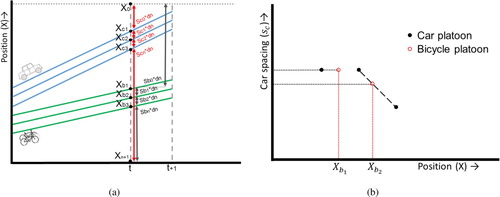
Table 1. Characteristic values used in the speed functions: jam spacing 
 , critical spacing
, critical spacing 
 , free flow speed
, free flow speed 
 and reduced speed
and reduced speed 

Figure 4. Simulation results for low demand situation ( m), showing no speed adjustments when cars have a head start over cyclists (a) and cyclists have a head start over cars (b).
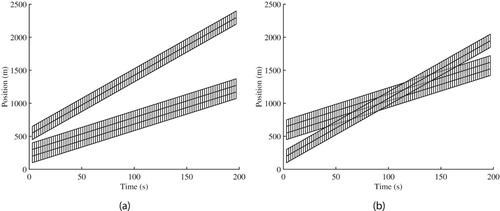
Figure 5. Simulation results for different demand situations. When initial spacings are m and
m, cars can still overtake cyclists but at a reduced speed (a) and when initial spacings are
m and
m cars have to match the speed of cyclists (b). The magenta colouring appears when the speed is reduced and is more intense for lower speeds.
